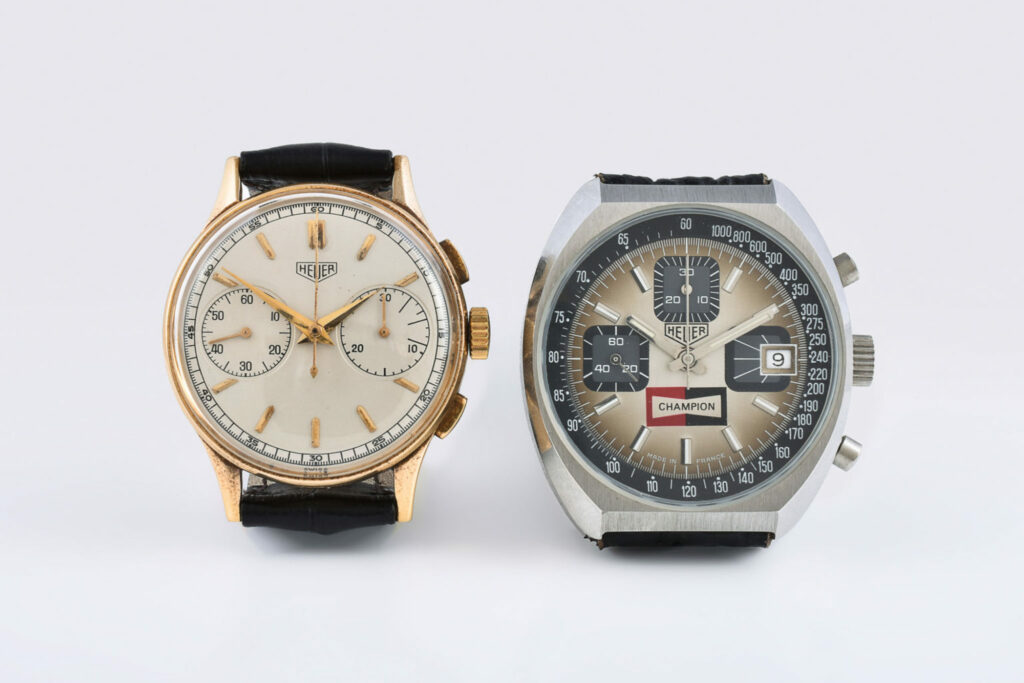Audemars Piguet’s outgoing CEO, François-Henry Bennahmias, gave a parting gift to data nerds like me by sharing usually private information about its sales, production and distribution.
The numbers should have a chilling effect on multibrand retailers battling to keep partnerships with watchmakers from Richemont, Swatch Group and LVMH, which are increasingly selling direct to consumers or opening monobrand stores as franchises.
Even Patek Philippe is creeping in the same direction, demanding more and more prominence and space from retail partners that survive a 30% cut in global doors while boosting investment in its own stores in key cities like London and Paris.
You can see why with a look at the AP data.
Shifting away from multibrand retail and into its own or franchised stores, while reducing the number of doors worldwide from almost 400 in 2015 to under 100 today has transformed the company.


Revenue per point of sale has rocketed tenfold in the past few years from CHF 2.3 million in 2015 to CHF 23.7 million now.
No wonder every luxury retailer on the planet is desperate to join (or re-join) the party. AP is a money printing machine.
It should be noted that revenue to Audemars Piguet is not the same as profit.
It is more expensive to run your own retail, but even this has been addressed to an extent with the off-street, and therefore considerably less costly AP House concept.
There are still partners. Arije runs a branded boutique in London’s Knightsbridge and Watches of Switzerland is opening an AP House in Manchester this year.
Over in America, Material Good runs AP showrooms in New York, Aspen, Boston and Dallas.
London Jewelers has an AP boutique on Long Island, New York.
Major Swiss watch brands will look at the figures for AP (and Richard Mille) and come to the inescapable conclusion that less is more when it comes to distribution for makers of watches selling for upwards of $50,000.
What retailers need to do is prove they bring skills, experience and relationships that outweigh a brand’s desire to go direct, and this is the year they must shine in a market facing significant headwinds.
Working through waiting lists will not be enough. Customers must be found for watches that may well be found at significant discounts on the secondary market.
I continue to believe that the watch sector will be considerably weakened and less resilient if brands build and run all their own stores.
They need the consistency and passion that family jewelers bring, and the decades of retail expertise that the likes of Ben Bridge, Reeds, Bucherer and Watches of Switzerland bring.
But be under no illusion. Money talks, and the evidence from AP as Mr Bennahmias leaves AP is that fewer points of sale delivers exceptional results.


Dear Mr. Corder, as usually, I follow your thoughts. My strong believe in The Netherlands will be the same, first period of let’s say 5 years revenue and profit will grow for brands with over 50% of own POS. After this +/- 5y period the brands will suffer the loss of knowledge and network locally. In the end the brands will be bought by tourist, no local market. If they are as smart to work with local retail like over here, with professionals as Schaap + Citroen, the damage will be limited. If not, like Breitling in Amsterdam, they will lose, money and market share. Specially like Breitling is producing watches with lower quality @ higher price points. For AP it is very positive that this CEO is leaving, he was just a lucky idiot at the right time and the right brand;-)
The bare numbers are: Between 2015-2023, doors reduced from 400 to 100.
Between 2015-2023, Revenue per door has increased tenfold.
The conclusion might be that total revenue has increased by 2.5-times.
UK RPI: Personal Expenditure between Jan 2015 (175.4), and Nov 2023 (291.1)
shows a 60% decrease in the value of money.
Therefore, real growth may be closer to 50% (1.5-times).
But is this revenue increase a result of the reduction in the number of doors?
Or is it due to an increase in demand for, and unit prices of, AP watches?
The reduction formula seems to work for AP. They saw huge revenue growth after reducing to a single (Royal Oak) product line.
But will this work for all brands? Or is Harry (Jan 8th) right?